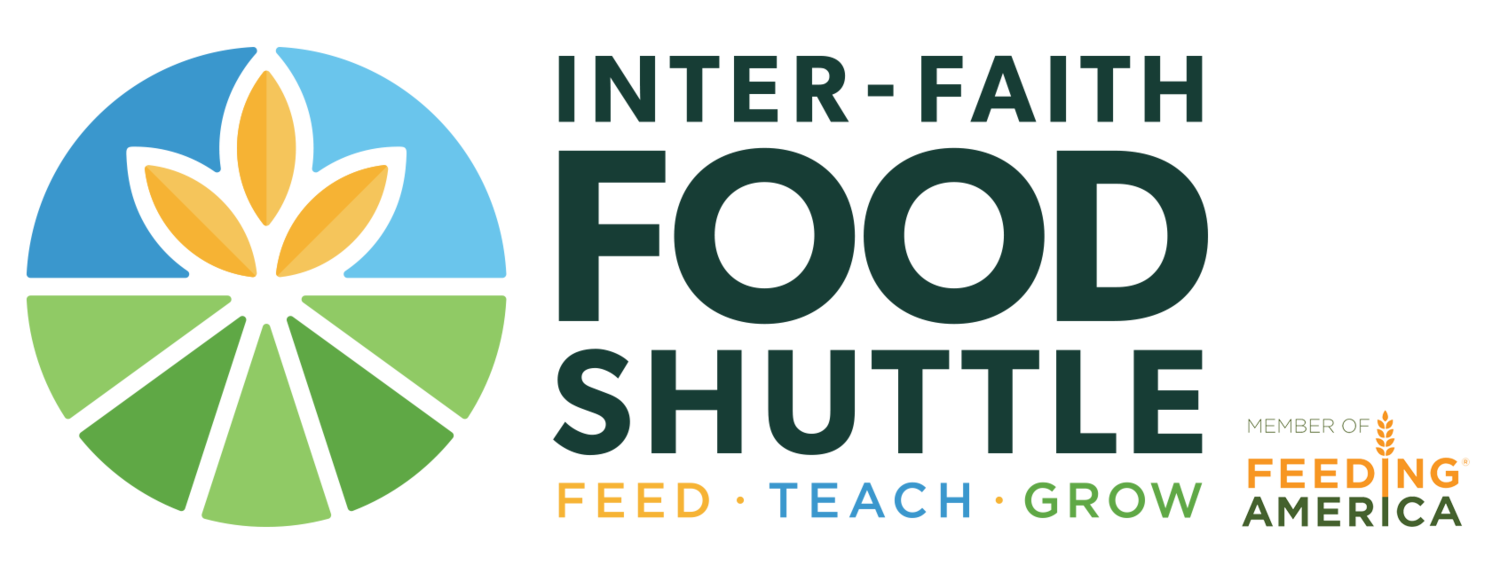The following is a blog from NC State student Holly Starks. It is the 3rd in a series of 6 posts she will be writing chronicling her experience as a Nutrition Instructor for a OFL Class she is teaching. If you haven’t already, read the 1st Week, 2nd Week and 3rd Week. Holly is teaching OFL as part of a Service Learning Class that has teamed up North Carolina State Students with the Inter Faith Food Shuttle’s OFL/Nutrition Program. Through this partnership, the Food Shuttle and NC State hope to engage students in service learning and community nutrition while expanding the reach of its OFL program. This past Tuesday at the Crosby Head Start Center, the families learned about strategies to help save time and money. Sara, our chef, discussed a few ideas with the class including:
- Keep the pantry stocked with commonly used ingredients to help make quick healthy meals by having the ingredients on hand.
- Buy ingredients on sale and keep them for later use instead of having to go out and buy them for a meal when the food may not be on sale.
- Keep the pantry and kitchen organized to save time when cooking.
- Store leftovers in the freezer for a later meal.
The nutrition lesson continued the theme of saving time and money by discussing the benefits of planning meals with the family and using recipe frameworks when shopping and cooking. By planning meals ahead of time, the class learned that they will be able to ensure that they have healthy meals on hand that their whole family will enjoy. They learned that planning ahead of time can help them buy foods at the store that can be incorporated into several meals which will also save them money. The families also expressed that they were excited about planning meals because it will help the rest of the family to get excited about the meal and become involved in the preparation.
Tips For Planning Menus with the Family:
- Choose at least three food groups for each meal and two food groups for each snack
- Don’t focus too much on details, try to write down ideas rather than specific recipes
- Stay flexible, allow your meal to vary some based on what is available, in season, or more affordable
- Write down when the meal will be prepared (the night before, at mealtime? Etc.)
- Write down who will help with each task
- Make sure to include the whole family by asking what they would like to eat and how they can help with the meal
Along with menu planning, the families also discussed how most recipes like soups, salads, and casseroles use a recipe “framework” which can help them personalize and alter meals based on preference, availability, and cooking methods. Recipe frameworks are a way to categorize general ingredients in a meal such as meat, pasta, and vegetables, that can be varied to make different varieties of a certain type of meal.
As the class talked about planning meals, we also focused on the importance of eating breakfast and planning ahead of time to make sure that everyone is eating a meal in the morning. The families acknowledged that breakfast is important to help provide energy throughout the day, maintain metabolism, and prevent overeating. A good breakfast is especially beneficial for their kids’ development and functioning in school. I pointed out the concept of Breakfast Trios which can help families make sure to have at least three food groups in their breakfast. The families practiced making breakfast trios, pointing out what foods their families prefer to eat in the morning.
The recipes for this week reiterated the idea of using recipe frameworks. As a class we made pasta with roasted vegetables as a meal and banana crumble for dessert. The pasta dish showed the class that they could personalize the dish based on the vegetables that their family likes or using vegetables that are available or more affordable because of the season. The families could also vary the meal by choosing different types of pastas. The banana crumble was another recipe that showed the class that they could vary it accordingly. We used bananas and blackberries in our crumble, but as some of the participants pointed out, they would like to try the recipe with strawberries or other types of fruits. In both of our recipes, we also used both fresh and frozen varieties of fruits and vegetables. The class was able to see that different forms of foods can be mixed in recipes, which can help to save money by using fresh foods that are in season and frozen foods that may not be in season. From our lessons this week we also encourage you to try and plan meals ahead of time with your family and to use recipe frameworks as a way to vary your meals and to save money at the grocery store. Also, if you have leftovers, save food by freezing it or you can make meals ahead of time and freeze them for another day.
Join us next week to see what the families will learn about exercising and healthy drink options!





